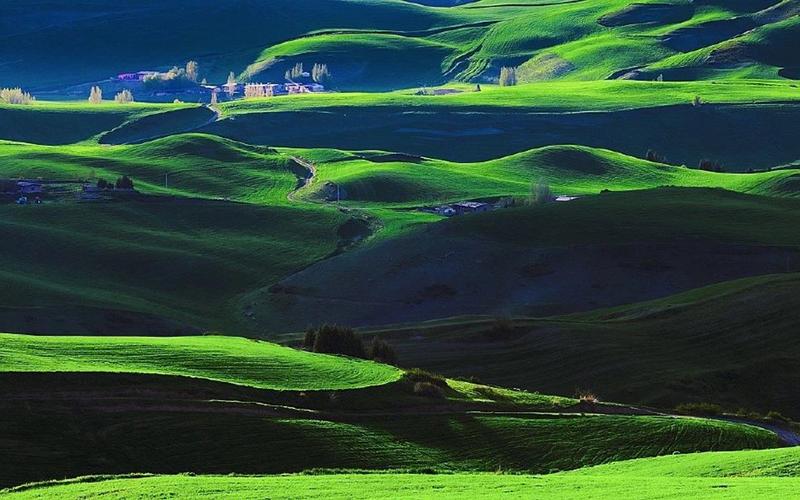.
In Homer’s epic poem, “The Odyssey,” the representation of women is both complex and multifaceted. While women hold a certain degree of power and influence, their roles in ancient Greek society were often limited and subjugated to those of men.
One of the most prominent female characters in “The Odyssey” is Penelope, the wife of the protagonist, Odysseus. Penelope is depicted as a faithful and loyal wife who remains steadfast in her love for her husband despite his long absence and the many suitors vying for her attention. Her cunning and intelligence are also highlighted as she devises a plan to fend off the suitors and ultimately reunite with her husband.
However, other female characters in the poem are portrayed as being more passive and powerless. The cyclops Polyphemus imprisons Odysseus and his men, and when they attempt to escape, he is outmatched by the cunning of Odysseus and his men. The witch Circe, meanwhile, uses her magic to turn Odysseus’ men into swine and attempts to seduce Odysseus himself into staying with her on her island.
These depictions of women in “The Odyssey” reflect the patriarchal nature of ancient Greek society. Women were often seen as inferior to men and were not allowed to participate in public life. However, the poem also demonstrates the agency and power that women could wield, even within these constrained roles and expectations.
Overall, while the representation of women in “The Odyssey” is far from perfect, it does give us insight into the complexities of gender roles and societal expectations in ancient Greece.
(Note: Do you have knowledge or insights to share? Unlock new opportunities and expand your reach by joining our authors team. Click Registration to join us and share your expertise with our readers.)
Speech tips:
Please note that any statements involving politics will not be approved.
